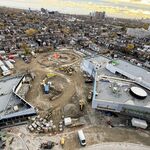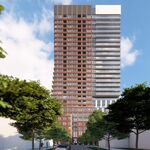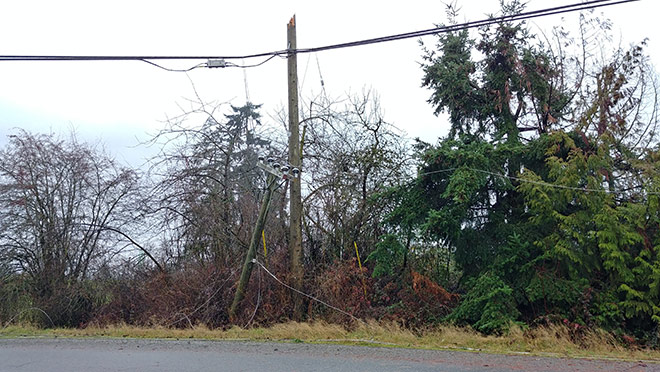We're veering off topic here, but I disagree. Sure having utility lines buried makes the public realm looks cleaner and more attractive, but it has very little on businesses being attracted to an area or not. For instance, College St between Ossington and Spadina has above ground hydro poles and it's public realm is generally pretty good despite the fact. Businesses still invest in the area and the BIA is very successful.
The only issue I have is that Toronto's current public realm design for streetscapes is sterile, and all over the place. We had a great template to start off with and improve on with Spadina but instead of following up with that, we've experimented with so many mindnuming designs which have been inferior in one way or another (ie: Finch will have one set of streetscape design, Eglinton another, Queens Quay West yet another, Queens Quay East another, and so on).







